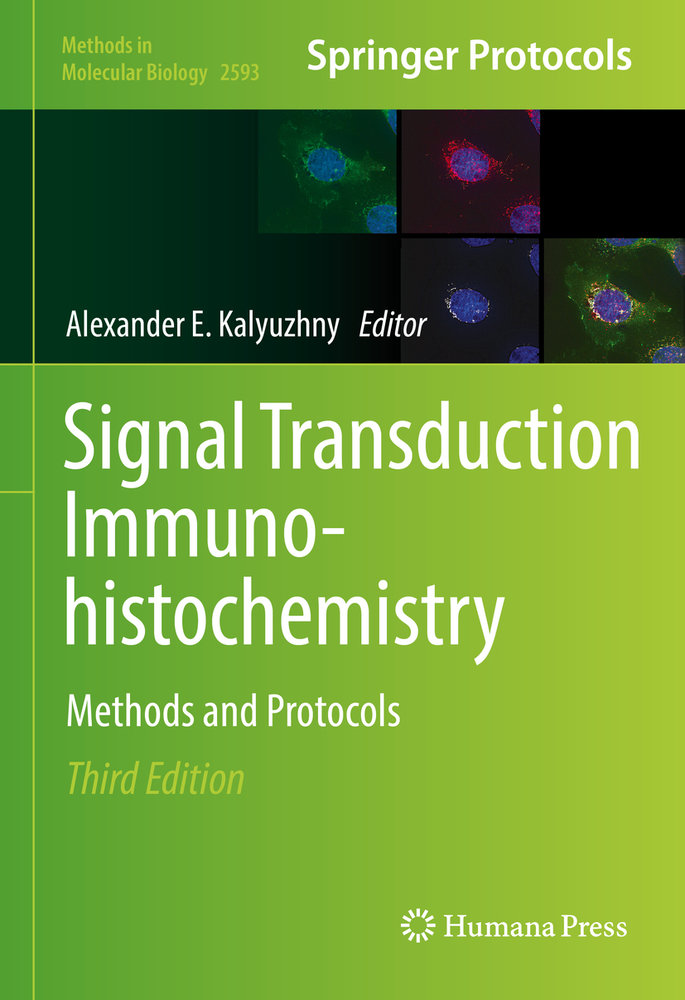This new edition collects diverse protocols compiled by experts from different areas of research as well as by biotech researchers developing novel technologies in the area of immunohistochemistry (IHC). After a few chapters to help orient novices entering the biomedical arena, the book includes methods chapters covering multiplex IHC including fluorescence and chromogenic techniques, combination of IHC with In Situ Hybridization (ISH), wavelet transform approach for organelle tracking, transcription factors in human stem cells, differentiation of mesenchymal stem cells, 3D imaging, phenotyping of glial cells in the human brain, tissue fixation, permeabilization, and cryo-preservation, as well as other topics. Written for the highly successful Methods in Molecular Biology series, chapters include introductions to their respective topics, lists of the necessary materials and reagents, step-by-step and readily reproducible laboratory protocols, and tips on troubleshooting and avoiding known pitfalls.
Authoritative and up-to-date, Signal Transduction Immunohistochemistry: Methods and Protocols, Third Edition aims to arm novices and experts with vital protocols they can use either as-is or tailor them for specific experimental needs.


